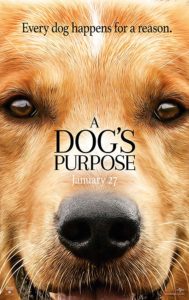 Last year I blogged about my to-watch list of science fiction and fantasy films. Since then, I’ve been periodically reviewing certain speculative fiction films that I enjoyed and thought you all might like, too. Previous instalments in this series include Into the Forest, Annihilation, Coco, Winchester, The Little Stranger, Astraea, and The House with a Clock in Its Walls.
Last year I blogged about my to-watch list of science fiction and fantasy films. Since then, I’ve been periodically reviewing certain speculative fiction films that I enjoyed and thought you all might like, too. Previous instalments in this series include Into the Forest, Annihilation, Coco, Winchester, The Little Stranger, Astraea, and The House with a Clock in Its Walls.
Content Warning: animal mistreatment and animal deaths. I will only briefly mention those aspects of the plot, and this will otherwise be a spoiler-free review.
A Dog’s Purpose is a 2017 modern fantasy film about a dog named Bailey who was reincarnated mutiple times during his quest to find his original owner. It is based on a book by the same name.
The fantasy elements of this tale are light and contemporary. Think something closer to the magical realism genre than Lord of the Rings.
The Characters
There are quite a few characters in this film I can’t discuss without giving away spoilers because of the episodic nature of Bailey’s lifetimes. Every time he was reborn, he met a new cast of characters who taught him important lessons about what it means to be a good dog and to live a worthwhile life.
For the record, I discuss characters in the past tense in all of my film reviews in order to avoid giving my audience any spoilers for films that don’t involve reincarnation. Don’t read anything into it other than that if you happen to check out previous reviews at the top of this post.

Josh Gad as the voice of Bailey
Bailey was the main character of this story. He was an optimistic and friendly dog who looked for the good in everyone he met. With that being said, his personality changed a little bit from one lifetime to the next. There was always something likeable about him, but to my surprise he didn’t have the same quirks, habits, or preferences in every lifetime.

Dennis Quaid (right) as Ethan
Ethan was Bailey’s first owner and the first person to treat this dog with all of the love and the kindness he deserved. They originally met when Ethan was a child, and they spent many happy years together at the beginning of their friendship. The emotional bond between them was something that even death itself couldn’t break.
My Review
Let’s talk about the content warning I added for this review before discussing anything else about it. As I mentioned earlier, this tale follows one dog through several different lifetimes. Some of the lives he experienced were not happy ones, and there were scenes that showed him being mistreated by the humans around him. Since this was a children’s movie, none of those scenes were long or particularly graphic.
The difficult chapters of this dog’s existence were sugar-coated at times for the sake of the audience. I’d be happy to go into more detail about this part of the plot privately with anyone with needs more information before deciding to watch it, but I didn’t have trouble with it even though I’m generally sensitive to this sort of content. It was handled gracefully.

Bailey (right) in one of his earlier lifetimes.
One of the most interesting things about A Dog’s Purpose for me was seeing all of the changes to Bailey’s personality from one life to the next. Despite having the same soul, he evolved every time he was reincarnated.
To give one example, he was an active, energetic dog in some lifetimes and perfectly content to sit on the couch with his owners and watch television in others. I’ll leave it up to all of you to discover the reasons why he didn’t behave exactly the same way in every incarnation he experienced, but I did enjoy what the screenwriters were doing with these shifts in his temperament. They were all explained well.
There were times when I found this film a little too sentimental. This may have been due to the age group it was written for, but I would have preferred to see a more pragmatic approach to his journey in certain scenes. Bailey’s goal was a lofty one for a dog, and there were instances when it would have been nice to for him to run up against some more obstacles while he tried to find Ethan again.
With that being said, I was intrigued by the thought of a dog trying to figure out the meaning of life for his species. It wasn’t something I’d expect a canine narrator to think about, so it was interesting to see how he came up with his theories about why he kept being reborn and what he was expected to do with all of his lives.
This was a mostly lighthearted and uplifting movie that I’d recommend to kids and adults alike. Despite the occasionally sappy moments, I did enjoy seeing what Bailey’s various lives were like and how he made the best of each one of them.
A Dog’s Purpose is available on Netflix and iTunes.

 Someone found my blog recently by searching for games one can play while listening to audiobooks. This turned out to be a much better idea for today’s post than the one I was originally working on, so I decided to go for it.
Someone found my blog recently by searching for games one can play while listening to audiobooks. This turned out to be a much better idea for today’s post than the one I was originally working on, so I decided to go for it. Monument Valley is a puzzle game set in a magical world where all but one member of a society has disappeared. The physics and geometry of this place isn’t the same as ours, so some of the solutions can take a while to uncover. Your goal as the player is to solve the puzzles and gradually lead Princess Ida, the main character, closer to the truth about what really happened to her people.
Monument Valley is a puzzle game set in a magical world where all but one member of a society has disappeared. The physics and geometry of this place isn’t the same as ours, so some of the solutions can take a while to uncover. Your goal as the player is to solve the puzzles and gradually lead Princess Ida, the main character, closer to the truth about what really happened to her people. Raise your hand if you loved colouring when you were a kid! I adored it so much that my grandmother kept a big stack of colouring books at her house so I’d always have something quiet and amusing to do there.
Raise your hand if you loved colouring when you were a kid! I adored it so much that my grandmother kept a big stack of colouring books at her house so I’d always have something quiet and amusing to do there. *Creative or peaceful mode only unless you enjoy living dangerously.
*Creative or peaceful mode only unless you enjoy living dangerously. Is there anyone left on Earth who doesn’t already know what Tetris is?
Is there anyone left on Earth who doesn’t already know what Tetris is?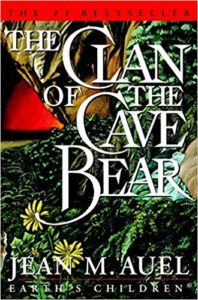 The Clan of the Cave Bear is a prehistoric novel written by Jean M. Auel in 1980 about an orphaned human girl named Ayla who was raised by Neanderthals. It has four sequels about Ayla’s life as an adult.
The Clan of the Cave Bear is a prehistoric novel written by Jean M. Auel in 1980 about an orphaned human girl named Ayla who was raised by Neanderthals. It has four sequels about Ayla’s life as an adult.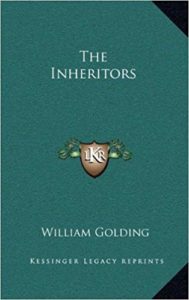
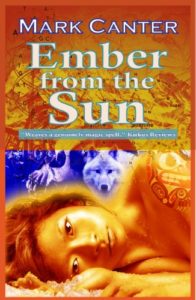
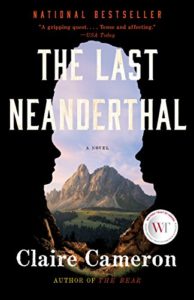
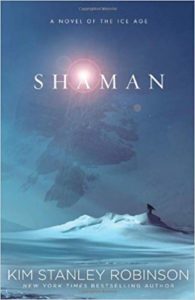
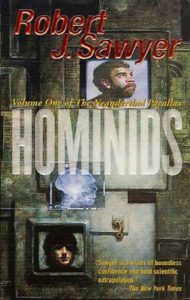

 Yes, this includes people who prefer, say, paranormal romances that only have the slightest touch of fantasy added to them or mysteries that are pretty hardboiled until the final scene when the audience discovers the killer was an 900-year-old vampire. TV shows and films count, too, especially if they are in any way tied to a book or graphic novel.
Yes, this includes people who prefer, say, paranormal romances that only have the slightest touch of fantasy added to them or mysteries that are pretty hardboiled until the final scene when the audience discovers the killer was an 900-year-old vampire. TV shows and films count, too, especially if they are in any way tied to a book or graphic novel.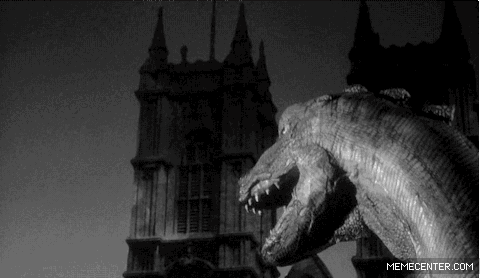
 How many of you have ever written a six-word story, twitterature, dribble, minisaga, drabble, or other piece of
How many of you have ever written a six-word story, twitterature, dribble, minisaga, drabble, or other piece of  Lungless? Then how are you smoking?
Lungless? Then how are you smoking?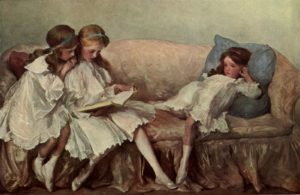
 As I’ve mentioned here before, I was homeschooled for the first several years of my education. One of the best parts of that experience was being able to read after my lessons were finished. There were times when Wyoming was far too snowy and cold of a place for a child to be wandering around outside in, so I read the entire afternoon and evening away on some of those wintry days.
As I’ve mentioned here before, I was homeschooled for the first several years of my education. One of the best parts of that experience was being able to read after my lessons were finished. There were times when Wyoming was far too snowy and cold of a place for a child to be wandering around outside in, so I read the entire afternoon and evening away on some of those wintry days. I no longer remember which genres I read during that thirty-book month, but I do remember the genre I became obsessed with shortly after that: poetry.
I no longer remember which genres I read during that thirty-book month, but I do remember the genre I became obsessed with shortly after that: poetry.
 Over the last decade or so, I’ve found myself gradually becoming more interested in nonfiction than I ever was before. My favourite high school English teacher used to talk about how much she enjoyed reading about things that really happened.
Over the last decade or so, I’ve found myself gradually becoming more interested in nonfiction than I ever was before. My favourite high school English teacher used to talk about how much she enjoyed reading about things that really happened.



 Example: The creepy Fire Swamp in William Goldman’s “The Princess Bride”
Example: The creepy Fire Swamp in William Goldman’s “The Princess Bride”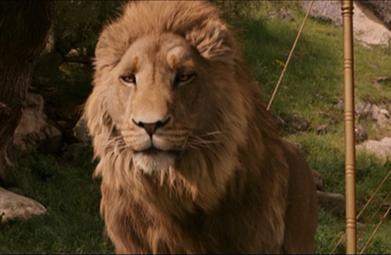

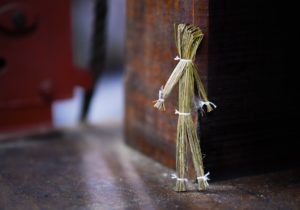 The sci-fi novel I’m
The sci-fi novel I’m  If I read a blurb about contemporary characters with vintage names that fell out of fashion a century ago, I’d generally expect their story to be set in an era when those names were more common or for the plot to give hints about why these characters were given such old-fashioned names.
If I read a blurb about contemporary characters with vintage names that fell out of fashion a century ago, I’d generally expect their story to be set in an era when those names were more common or for the plot to give hints about why these characters were given such old-fashioned names. Talking about naming trends doesn’t even begin to take account for all of the positive and negative associations we’ve all formed based on our experiences with people who had or who have certain names. (No, I don’t have any strong opinions about the name Wilbur. I simply liked this stock photo).
Talking about naming trends doesn’t even begin to take account for all of the positive and negative associations we’ve all formed based on our experiences with people who had or who have certain names. (No, I don’t have any strong opinions about the name Wilbur. I simply liked this stock photo). Even after all of this research, you still have to figure out if a specific name actually fits the character it was intended for.
Even after all of this research, you still have to figure out if a specific name actually fits the character it was intended for.